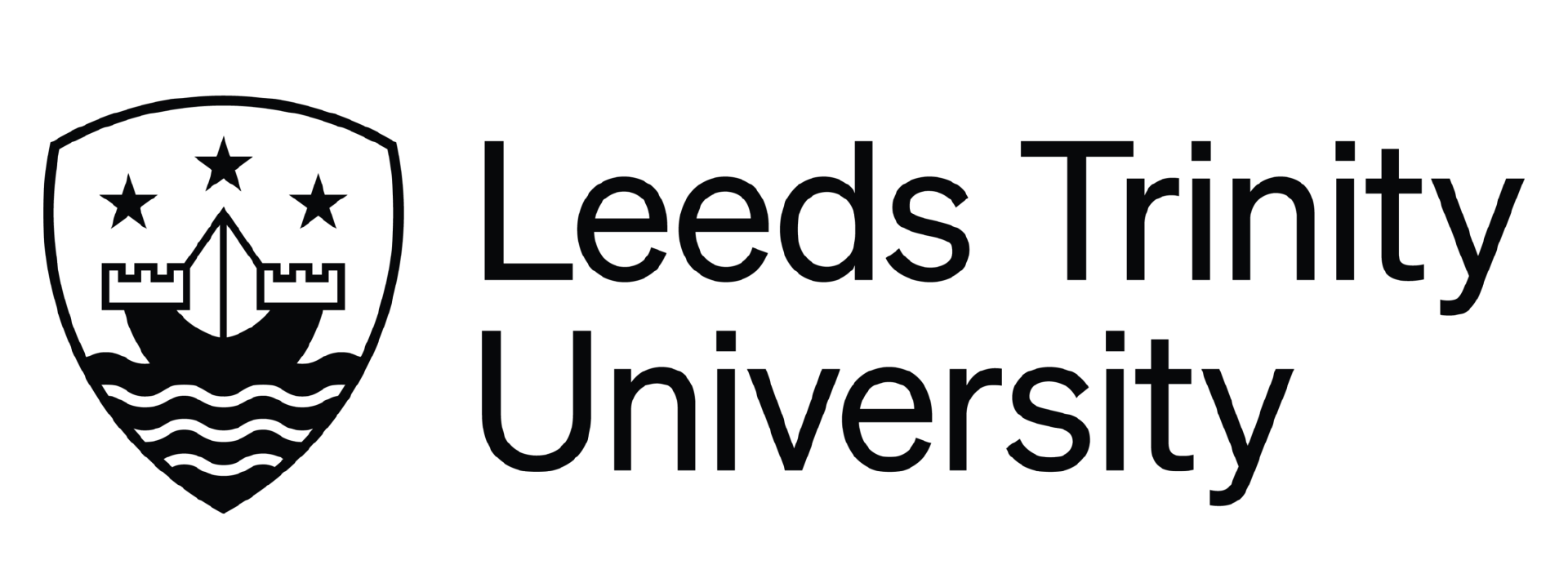Guest blog by Dr Charlie Ball, Head of Labour Market Intelligence, Jisc
Establishing the footprint of the digital industry in the UK is not a straightforward task. Definitions of what ‘digital’ actually entails have changed over the years and continue to evolve as work continues to migrate online. Different stakeholders use the same terms to mean different things and so it is always important to establish our definitions before we begin any attempt to examine how to examine and support digital industries.
The definition of digital industries that is used by the Government comes from Tech Nation[1], and groups a number of information technology-related industries using the Standard Industrial Classification system that is the accepted standard for UK industries (and across Europe, meaning we have comparability).
However, the definition focuses on the IT industry, and is very good for describing IT and telecoms employers, but is not as inclusive for industries in sectors such as marketing, media and professional services. These are all important industries for Yorkshire in general, and West Yorkshire and Leeds in particular. As we examine the data for the Tech Nation definition of digital industries, we must bear in mind that many alternative definitions of digital would encompass these locally important employers and so the data below might be viewed as an underestimate.
We examined the new university leavers entering the digital sector in Yorkshire. All data comes from the 2019/20 Graduate Outcomes survey from HESA[2]. The graduates in this cohort left university at the height of the COVID pandemic, but were surveyed 15 months later, by which time almost all restrictions had been lifted and widespread occupational shortages were reported, including (and particularly) in the digital sector.
Employment location is given by where the graduates concerned said where their employer was based. Given that graduates in this sector were amongst the most likely employees in the UK to be working in a hybrid way, we cannot be sure where they were actually located when at work and there is currently no source of data that will allow us to do this. In future, the Graduate Outcomes data will capture both where an employer is located, and where an employee is located when they work for them.
Nevertheless, this data does allow us to look at the local supply of graduates and to examine how and where employment is taking place. We need to remember the caveats in the data and not to become too engaged with the specific numbers, more with the directions of travel and the patterns this data reveals – in the future as the discussion evolves we will be able to gain a more nuanced view of the requirements of the local digital industry and how we meet its needs.
535 graduates in total are known to have entered the industry in Yorkshire, over half in West Yorkshire. Most had first degrees, but this is a well-qualified industry and 175 graduates with postgraduate qualifications got digital jobs in Yorkshire. Computer programming and consultancy businesses were the largest, accounting for 345 graduates between them, the majority in West Yorkshire. Some less high-profile industries in telecoms and facilities management were also locally important. The total of 535 graduates is almost equally split between graduates produced by the regional universities (275) and those (260) returning to the region from having studied and graduated elsewhere. In fact, 62 other institutions from around the UK supply the industry locally. This is a nationally important cluster that is a big draw for qualified graduates from across the UK.
First degree graduates made up 400 of the 535, and so we examined them in a little more detail. The main suppliers to the Yorkshire digital industry were all Yorkshire institutions, with Sheffield Hallam, Leeds, Leeds Beckett and Huddersfield, in that order, the largest suppliers of graduates.
The top subjects for study were not surprising – computer science, computer gaming/animation and software engineering. But next on the list are maths, accountancy, physics and media studies – and bear in mind this is a definition of ‘digital industry’ that does not include the business service and media roles that are particularly important for these subjects. Maths, accountancy and physics are all highly numerate subjects that can contain strong programming elements. UK media studies courses, meanwhile (and counter to some popular misrepresentations) are often highly technological in nature and specialise in audio-visual and digital technology. It is partly because of UK media studies courses that the UK is a world leader in film and TV special effects and audiovisual production and these are valuable skills to the region’s growing multimedia provision.
The large majority of entrants to the digital industry are in professional level roles – commonly described as ‘graduate jobs’. There are some junior admin and customer service staff but they are the minority and those roles are more commonly filled by people without university qualifications. Computer programmers are the most common role, with IT support technicians and systems designers and architects next, but like all industries, the digital industry also needs sales, marketing and accountancy staff and the more it grows, the more it will need.
As a final point, about half of graduates in this sector in Yorkshire went to work for small and medium sized enterprises (the figure is slightly lower in West Yorkshire, because Leeds houses some large tech businesses). This sector is a vital part of the regions business infrastructure and employment fabric, and the more we know about it, the better we can help it and the more it can grow and thrive and provide good opportunities for Yorkshire workers.
[1] Methodology – Tech Nation
[2] https://www.graduateoutcomes.ac.uk/












